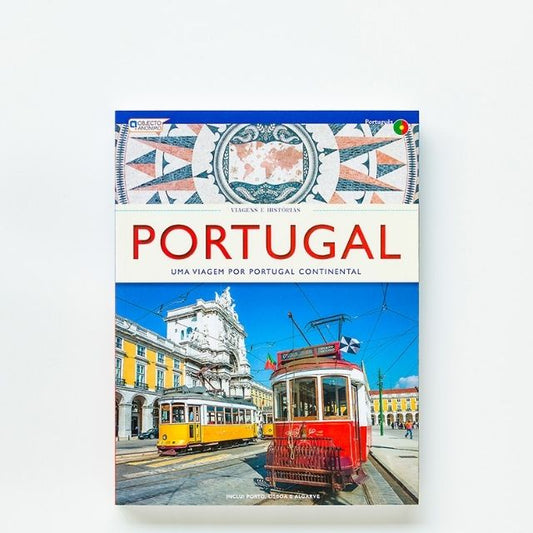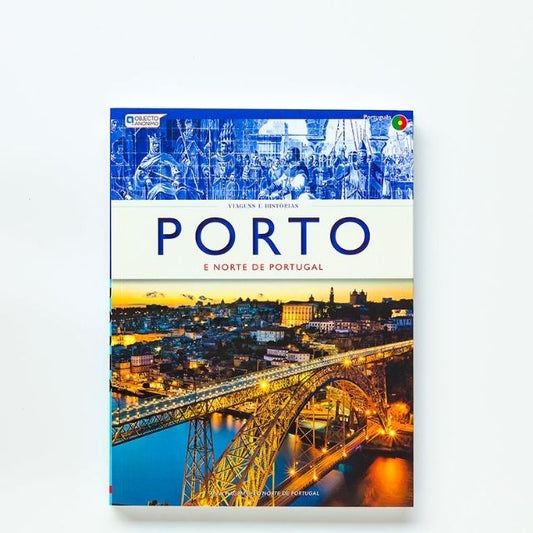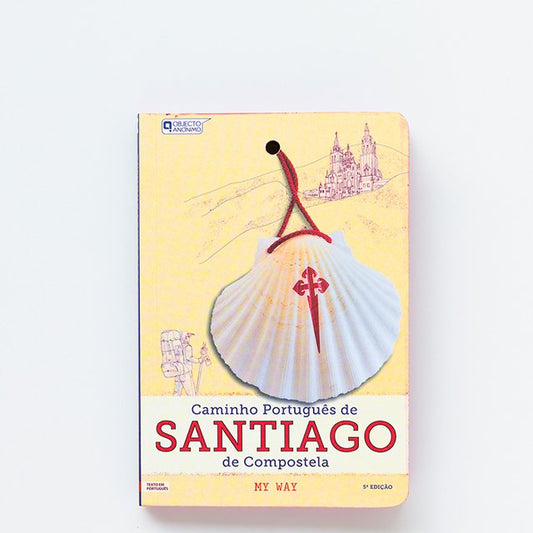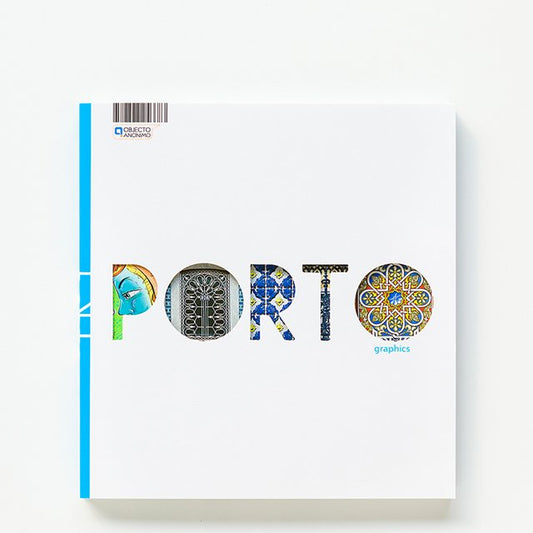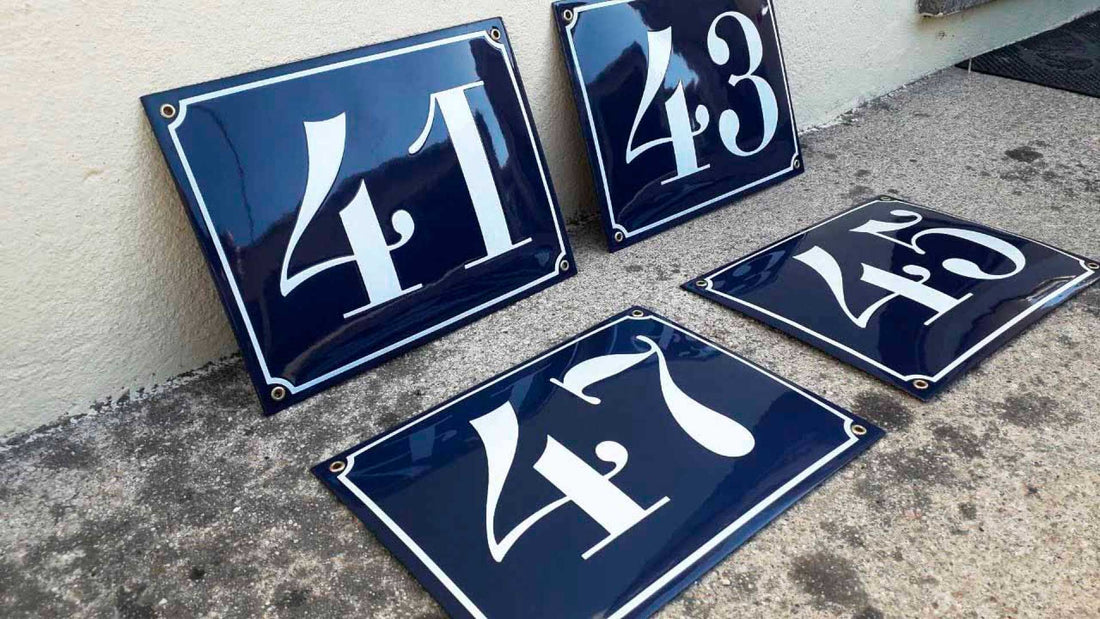
Vitreous Enamel - Enamelling through history
Vitreous Enamel - Enamelling through history
The word "vitreous" comes from the Latin word for glass. Vitreous enamel is a type of coating that can be applied to almost any surface. It has been widely used since the first century AD and can be seen everywhere from enamelled lamps to vehicle number plates.
What is vitreous enamel?
Vitreous enamel has been widely used since the first century AD and can be seen everywhere from kitchen sinks, pendant lights, to televisions. In most cases, it is a type of ceramic that is fired at high temperatures — around 1,600 degrees Celsius. In addition to its strength and resistance to corrosion, vitreous enamel also has a smooth, glossy finish.
Why use vitreous enamel?
Vitreous enamel is one of the most durable finishes for enameled cookware and other household items. It is also very easy to clean and is non-toxic. Industrial enamel can be applied to stainless steel, cast iron, and Aluminium.
Vitreous enamel does not chip or peel, so it is ideal for items that will be used regularly, such as cookware. It is not suitable for items that are used infrequently, as it may chip if the item is dropped.


The process of making vitreous enamel
Once the item has been designed, the surface to be coated is prepared. This can be a cast iron pan or an aluminium pot as an example. The surface is cleaned and then coated with a ceramic slurry that is applied with a brush. The slurry consists of ceramic particles suspended in water. The item is then put into an oven to dry the slurry. The next step is the firing of the enamel. This is done in a kiln where the temperature reaches 1,600 degrees Celsius and the materials used to make the enamel decompose. The enamel hardens as it cools.


Ancient Egyptians and vitreous enamel
The earliest evidence of the use of vitreous enamel dates back to the first century AD. It was widely used in Roman times and we can see it on many of the artifacts that have been discovered. It has also been found in Egyptian tombs dating back to the New Kingdom.
Egyptian blue is one of the earliest forms of vitreous enamel. It is a mixture of silica, lime, and copper. This blue color means it is very resistant to high temperatures. It is used for cooking pots and other items that are exposed to high temperatures. It is a popular feature of enamel signage.


Indians and vitreous enamel
The first example of vitreous enamel in India comes from the reign of King Kharavela. He was a king in the Mauryan Empire that ruled modern India and parts of what is now Pakistan. The inscription on a pillar in his name mentions the use of vitreous enamel in a throne that the king gave to a Jain monastery. The throne is still in the monastery and can be seen today.
Chinese and vitreous enamel
The first discovery of enamel in China dates back to a tomb in Shandong Province, which is dated to the Eastern Han Dynasty, about 2,000 years ago. The enamels found in this tomb are decorated with fish scales. Other items found in this tomb suggest high-ranking officials were buried with enamel tableware.
Enamel has been used in China for thousands of years. It is a very durable material that can be used on anything from tableware to decorative objects. It can be made in a variety of colors and designs, and it lasts a long time.


Vitreous enamel is a coating that is still applied to pots and pans and kitchen appliances to make them non-stick. It is also used for other decorative items including porcelain enamel, vintage enamel signs, vintage industrial lamps, and heritage number plates which are highly sought after by design enthusiasts. It has been used for thousands of years and is still an important material today.


Iberica is a service centre for bespoke custom orders in porcelain enamel, industrial lighting, vintage signs, and heritage number plates. Orders can be placed via the Made to order section of our website. For specific enquiries please contact us for a quote.

